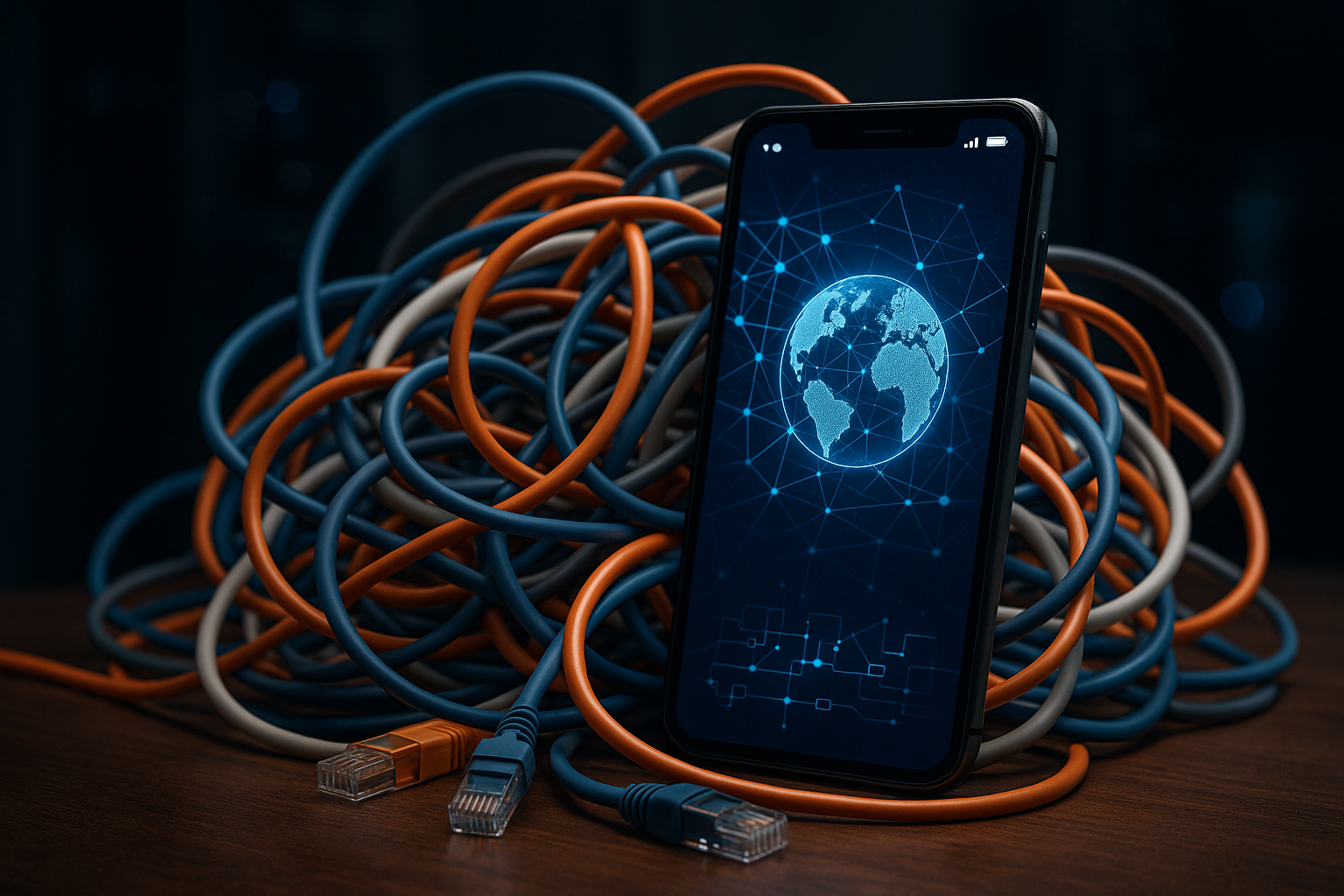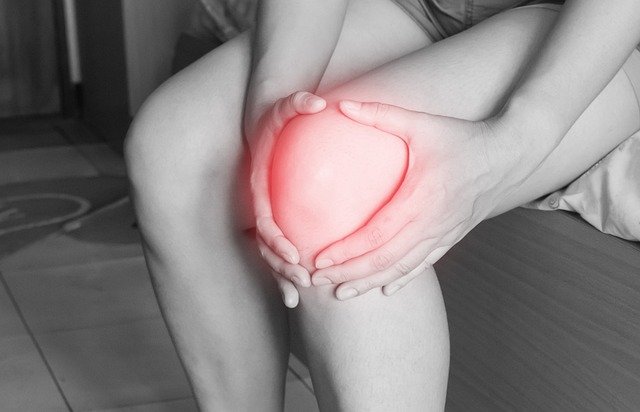Holoportation: Redefining Art in the Digital Age
In an era where technology continually pushes the boundaries of creative expression, holoportation emerges as a groundbreaking medium that blurs the lines between physical and digital realms. This cutting-edge fusion of holographic technology and telepresence is revolutionizing how we perceive, create, and interact with art. As artists and technologists collaborate to explore its potential, holoportation is poised to reshape the landscape of contemporary art, offering new avenues for immersive experiences and global connectivity.

Artistic Applications and Innovations
Artists across various disciplines are eagerly embracing holoportation as a new medium for creative exploration. Sculptors are using the technology to create ephemeral, interactive installations that can be experienced simultaneously in multiple locations. Performance artists are pushing the boundaries of presence and absence, creating works that challenge our understanding of physicality and space. Even traditional painters are finding ways to incorporate holoportation into their practice, creating dynamic, three-dimensional canvases that evolve in real-time.
Breaking Down Geographic Barriers
One of the most significant impacts of holoportation in the art world is its ability to transcend geographical limitations. Artists can now collaborate across continents, sharing virtual studios and creating works together in real-time. This global connectivity is fostering a new era of cross-cultural artistic exchange, enabling diverse perspectives to converge and inspire innovative creations. Museums and galleries are also leveraging holoportation to bring priceless artifacts and exhibitions to audiences worldwide, democratizing access to art in unprecedented ways.
The Technical Challenges and Advancements
While holoportation offers exciting possibilities, it also presents unique technical challenges. The need for high-bandwidth networks, sophisticated 3D capture systems, and advanced projection technologies has initially limited its widespread adoption. However, rapid advancements in 5G networks, artificial intelligence, and holographic display technologies are quickly overcoming these hurdles. As the technology becomes more accessible, we can expect to see a proliferation of holoportation-enabled art spaces and experiences in the coming years.
Ethical Considerations and Artistic Integrity
As with any transformative technology, holoportation raises important ethical questions for the art world. Issues of authorship, authenticity, and preservation become more complex when dealing with digital, holographic creations. Artists and curators are grappling with how to maintain the integrity of holoportation-based works while also embracing their inherently fluid and interactive nature. This tension between tradition and innovation is sparking fascinating debates about the future of art in a digitally-mediated world.
The Future of Art Experience
Looking ahead, holoportation promises to fundamentally alter how we experience and interact with art. The line between creator and audience will continue to blur, with interactive holographic installations inviting viewers to become active participants in the artistic process. Virtual art communities may emerge, where artists and art enthusiasts from around the globe can gather in shared holographic spaces to create, critique, and appreciate art together. As the technology evolves, we may even see the rise of entirely new art forms that are only possible through holoportation.




